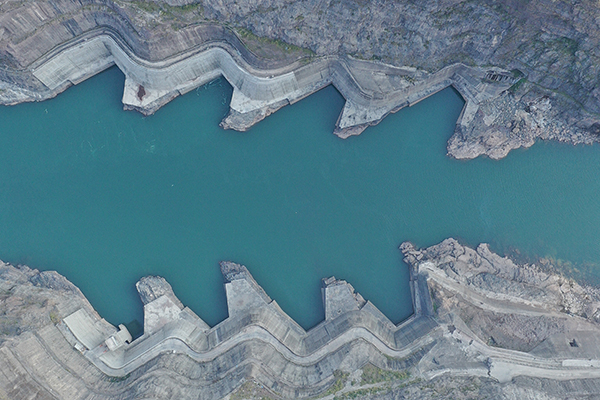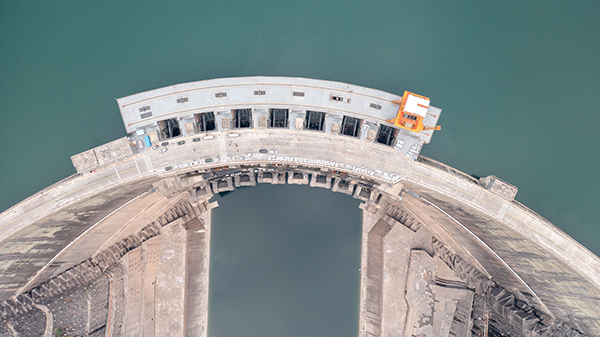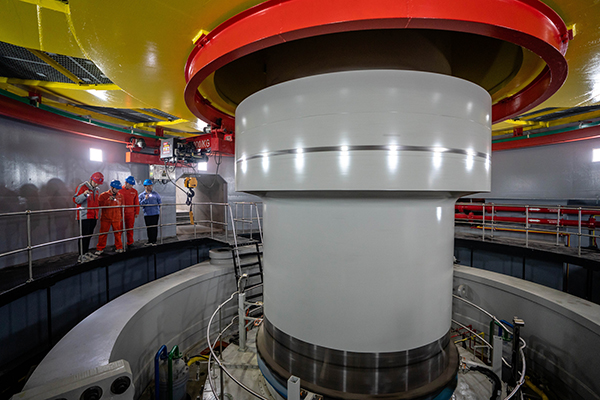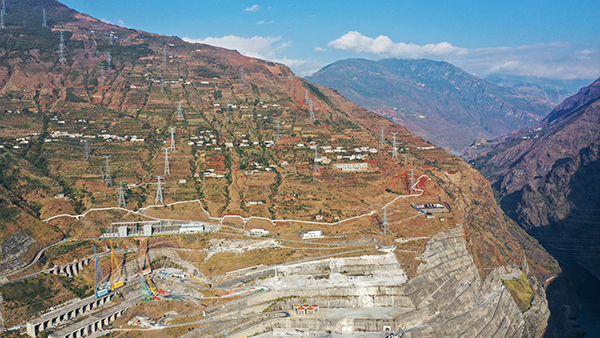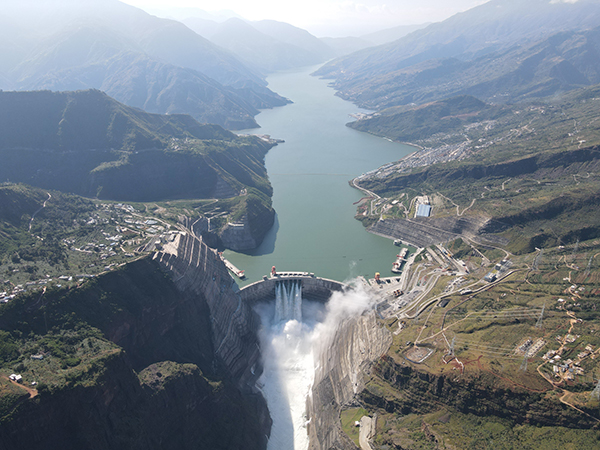
Baihetan Hydropower Station, the world's second-largest hydroelectricity project in terms of total installed capacity, went fully operational on Tuesday, significantly contributing to China's carbon-neutrality goals.
The development marks the completion of the world's largest clean energy corridor, where six mega hydropower stations on the Yangtze River work to transmit power to the country's major energy consumption regions in the east.
The hydropower station became fully operational after its No 9 generating unit completed a 72-hour trial run on Tuesday morning, according to China Three Gorges Corporation, or CTGC, which built the plant.
"Baihetan signifies a major breakthrough in China's high-end equipment manufacturing. It is equipped with 16 homegrown hydropower generating units, each having a capacity of 1 million kilowatts, the largest capacity for a single such unit in the world," said Lei Mingshan, CTGC's chairman.
Built with an investment of 220 billion yuan ($31.59 billion), Baihetan is located on the Jinsha River, in the upper section of the Yangtze River in southwest China, and straddles Yunnan and Sichuan provinces. It is only second to the Three Gorges Dam in Central China's Hubei province in terms of total installed capacity.
The hydropower station marks a big step in the country's utilization of clean energy to help realize its ambitious climate targets of peaking carbon dioxide emissions before 2030 and achieving carbon neutrality before 2060.
In full operation, Baihetan will be able to annually generate 62.4 billion kilowatt-hours of electricity, enough to meet power consumption needs of about 75 million people, according to the company.
Aside from Baihetan, five more hydropower stations on the trunk of the Yangtze — the Three Gorges, the Wudongde, the Xiluodu, the Xiangjiaba and the Gezhouba — are run by the CTGC.
